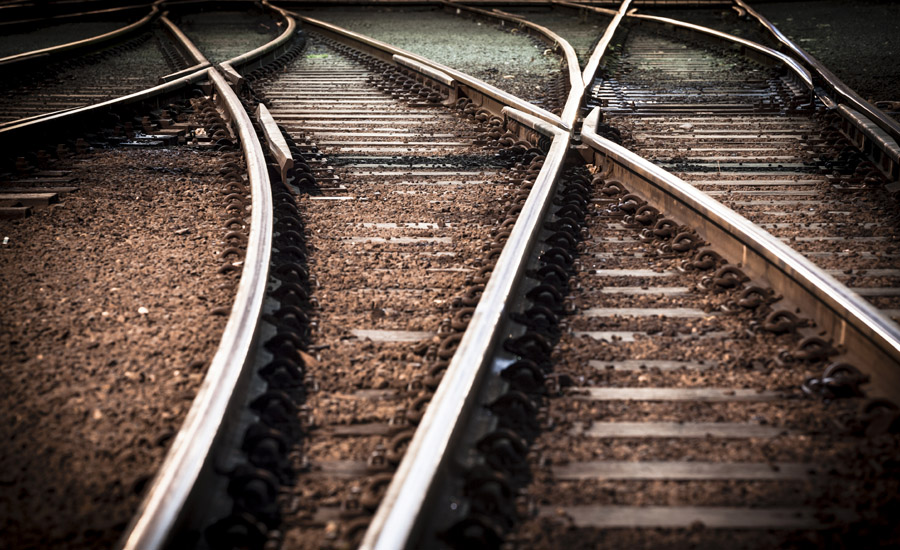On December 18, 2017, at 7:34 a.m. Pacific standard time, southbound Amtrak (National Railroad Passenger Corporation) passenger train 501, consisting of 10 passenger railcars, a power railcar, a baggage railcar, and a locomotive at either end, derailed from a bridge near DuPont, Washington.
When the train derailed, it was on its first revenue service run on a single main track (Lakewood Subdivision) at milepost 19.86. There was one run for special guests the week before the accident. Several passenger railcars fell onto Interstate 5 and hit multiple highway vehicles. At the time of the accident, 77 passengers, 5 Amtrak employees, and a Talgo, Inc., technician were on the train. Of these individuals, 3 passengers were killed, and 57 passengers and crewmembers were injured. Additionally, 8 individuals in highway vehicles were injured. The damage is estimated to be more than $25.8 million. At the time of the accident, the temperature was 48˚F, the wind was from the south at about 9 mph, and the visibility was 10 miles in a light rain.
The following are safety issues in this accident:
- Individual agency responsibilities in preparation for inaugural service
- Multiagency participation in preparation for inaugural service
- Amtrak safety on a host railroad
- Implementation of positive train control
- Training and qualifying operating crews
- Crashworthiness of the Talgo equipment
- Survival factors and emergency design of equipment
- Multiagency emergency response
Parties to the investigation include the Federal Railroad Administration; Washington Utilities and Transportation Commission; Amtrak; Central Puget Sound Regional Transit Authority; Washington State Department of Transportation; Talgo, Inc.; Siemens Industry, Inc.; the Brotherhood of Locomotive Engineers and Trainmen; and the International Association of Sheet Metal, Air, Rail and Transportation Workers.
Probable cause
The National Transportation Safety Board determines that the probable cause of the Amtrak 501 derailment was Central Puget Sound Regional Transit Authority’s failure to provide an effective mitigation for the hazardous curve without positive train control in place, which allowed the Amtrak engineer to enter the 30-mph curve at too high of a speed due to his inadequate training on the territory and inadequate training on the newer equipment. Contributing to the accident was the Washington State Department of Transportation’s decision to start revenue service without being assured that safety certification and verification had been completed to the level determined in the preliminary hazard assessment. Contributing to the severity of the accident was the Federal Railroad Administration’s decision to permit railcars that did not meet regulatory strength requirements to be used in revenue passenger service, resulting in (1) the loss of survivable space and (2) the failed articulated railcar-to-railcar connections that enabled secondary collisions with the surrounding environment causing severe damage to railcar-body structures which then failed to provide occupant protection resulting in passenger ejections, injuries, and fatalities.

